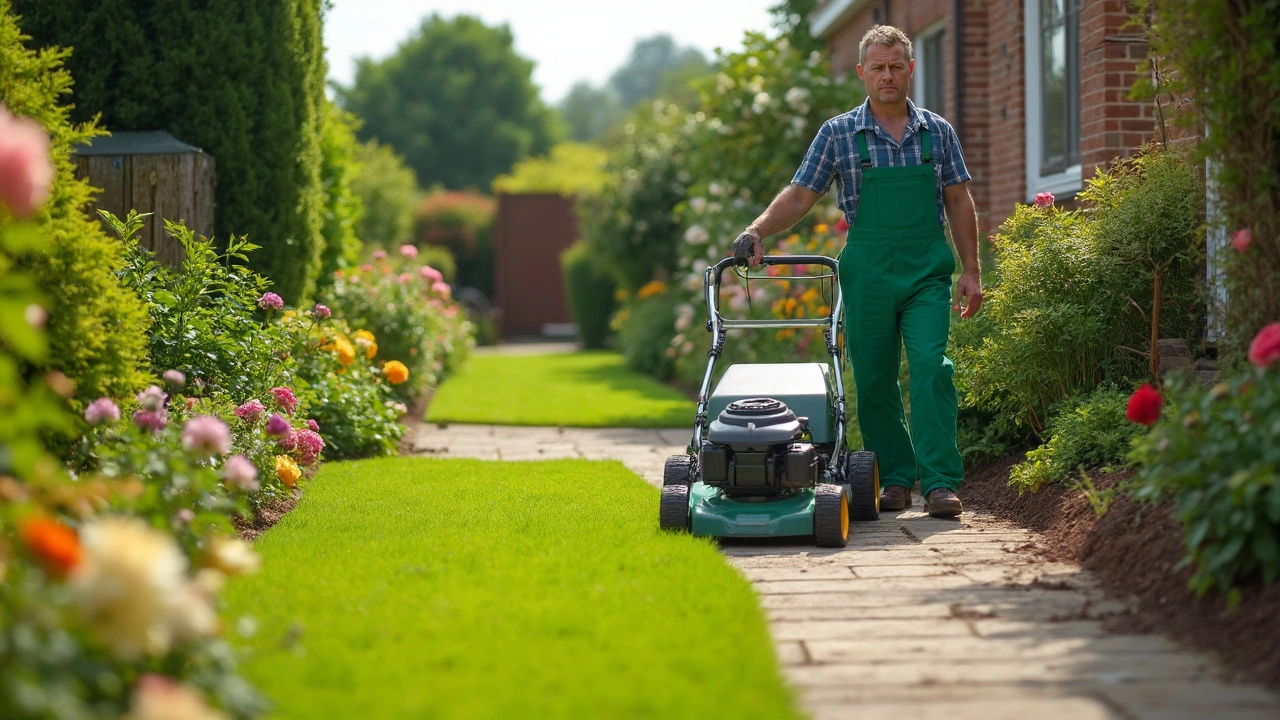Wondering what yard work actually covers? This article lays out the common tasks pros tackle, from mowing to mulching. Get to know which services you need, what each job involves, and how to keep your outdoor space looking sharp all year. You'll also pick up some smart tips to save effort and money. Whether you're hiring help or doing it yourself, you'll be ready.
Landscaping Ideas & Tips for a Great Outdoor Space
Thinking about freshening up your garden? You don’t need a big budget or fancy tools to make a noticeable change. Small steps like planting the right shrubs, arranging patio furniture, or fixing a patchy lawn can give your yard a whole new feel.
Practical Garden Design Basics
Start by looking at the shape of your yard. Is it long and narrow, or more square? Use the existing lines to decide where to place pathways and beds. A simple 3‑4‑5 method—three meters, four meters, five meters—helps you get right angles without fancy equipment.
Next, pick plants that suit your climate and soil. Native grasses, lavender, and hardy perennials need less water and stay healthy longer. Group plants with similar watering needs together; it cuts down on effort and saves time.When planning beds, think about height. Tall plants go at the back, mid‑height in the middle, and low‑growing groundcovers up front. This creates depth and makes the garden look fuller.
Don’t forget edging. A low stone border or simple wooden strip keeps mulch in place and defines each area. It also prevents weeds from spreading into your flower beds.
Outdoor Furniture, Patios, and Lawn Care
Patio furniture can turn a plain yard into an inviting lounge area. If you love garden furniture but worry about grass damage, choose legs with wide rubber feet or add a small deck board under the set. This spreads weight and protects the lawn.
When picking a patio, think about the material. Concrete is cheap and durable, but a slip‑resistant finish adds safety. Composite decking looks great and needs little upkeep, though it costs a bit more.
For lawns, regular mowing at the right height keeps grass healthy. Most grasses do best when cut to about 2‑3 inches. Too short stresses the roots; too long encourages weeds.
If you spot bare spots, patch them with a mix of topsoil and grass seed. Lightly press the seed into the soil and water daily until it sprouts. A thin layer of mulch over new beds helps retain moisture and reduces weed growth.
Finally, think about pest control. Small pests like chiggers love sitting on garden furniture. A quick spray of insecticidal soap or a natural solution of vinegar and water can keep them away without harming plants.
By combining smart design, the right plants, and practical furniture choices, you can create a garden that looks polished and feels comfortable. Start with one or two changes, watch how they improve the space, and build from there. Your yard will become a place you love to spend time in, all without needing a professional crew.
